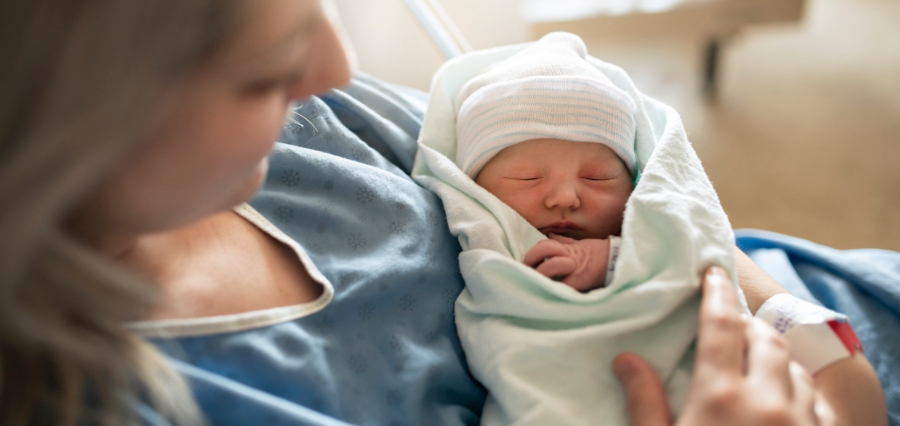The Department of Agriculture states that “strict biosecurity” is the most effective strategy to stop an outbreak. Following the discovery of the virus in a buzzard in County Galway, the public has been advised not to handle sick or dead birds, and new precautions to lower the risk of avian flu will take effect on Friday.
The Department of Agriculture reports that outbreaks of avian influenza in poultry have been found throughout Europe in recent months, with two instances reported in England in the last few weeks. Additionally, it noted that avian flu has been found in wild birds, especially around the coasts of Iceland, Norway, northern France, and western Great Britain, “highlighting the ongoing risk to Ireland.”
A wild buzzard in County Galway was found to have the H5N1 avian influenza virus this week, underscoring “the level of risk to Irish poultry,” the statement stated. The risk of avian influenza to Irish poultry has significantly increased as winter approaches. According to the government, this is because the virus is more likely to survive in colder climates and because more wild birds are flocking here.
“Strict biosecurity,” or taking all required precautions to keep the virus away from birds under care, is the most effective strategy to stop an outbreak.
The government published new rules Thursday that require flock managers to implement these biosecurity measures for poultry and other captive animals in order to help avoid Highly Pathogenic Avian Influenza (HPAI) outbreaks.
Even if they only have one or two birds, it advised poultry owners to keep a close eye out for any disease symptoms, follow stringent biosecurity protocols, and report any suspicions of illness to the local department regional veterinary office. Meanwhile, the public is being warned not to handle dead or ill wild birds.
According to the statement, “the department is in regular contact with industry stakeholders and continues to closely monitor and assess the disease situation.”





